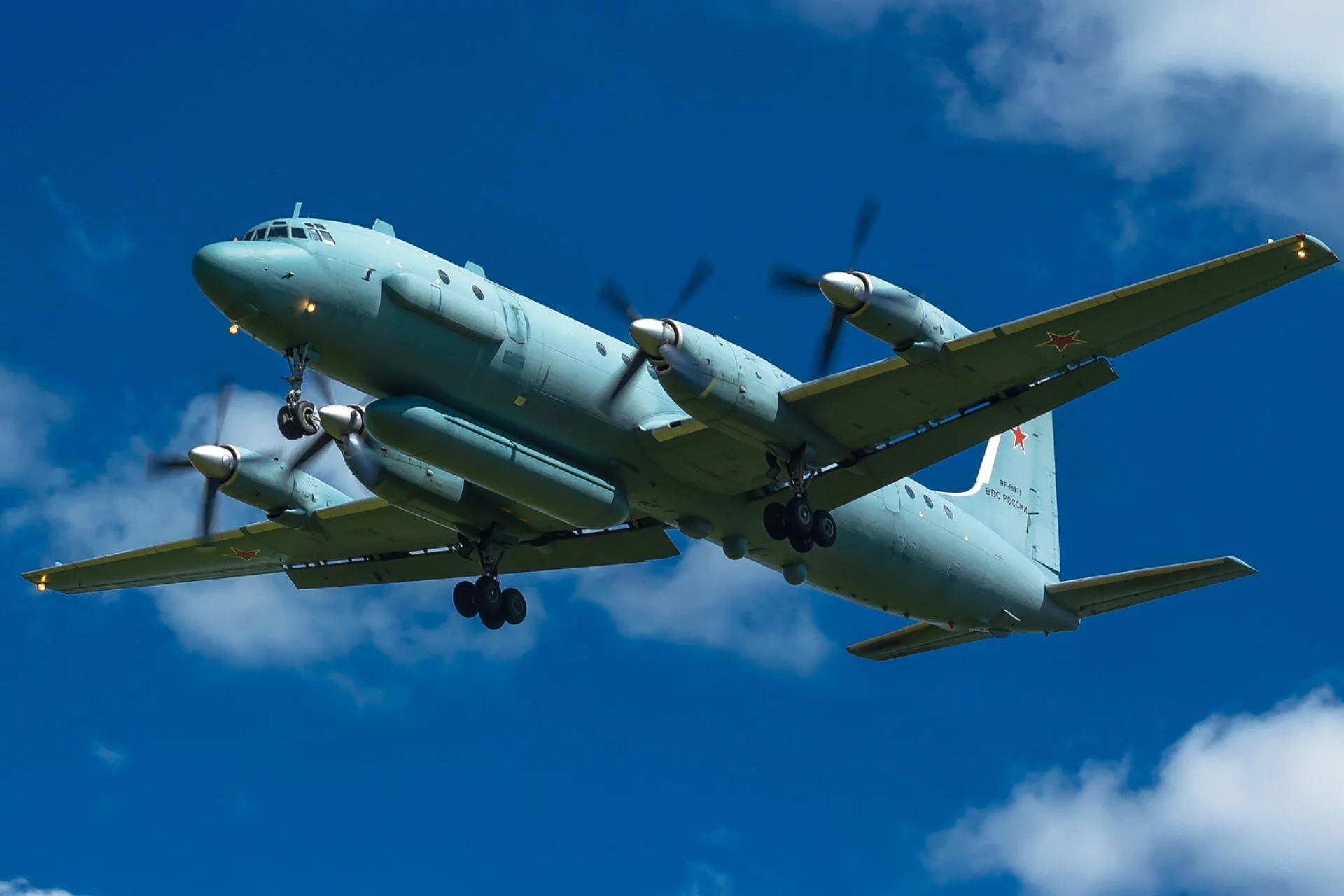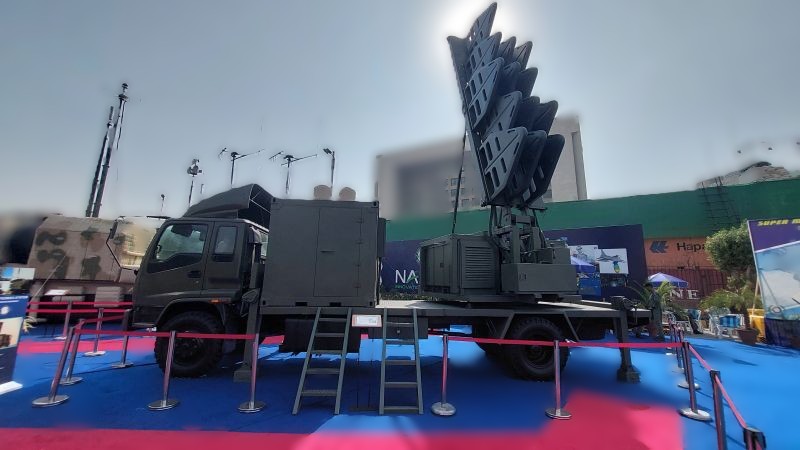In the rapidly evolving landscape of defense technology, the concept of unmanned aerial vehicles (UAVs) working in conjunction with manned aircraft is becoming increasingly central to future air combat strategies. Anduril Industries, a company known for its innovative approach to defense, recently marked a significant milestone with the first flight of its Fury Group 5 uncrewed air system (UAS). This achievement isn’t just another successful test flight; it represents a bold leap towards integrating advanced, autonomous drones directly into the core of next-generation fighter operations, promising to revolutionize how air forces approach reconnaissance, strike, and air superiority missions.
Anduril’s Vision: Autonomous Systems for a New Era
Anduril Industries, founded by Palmer Luckey, has carved out a niche by focusing on artificial intelligence, autonomous systems, and software-defined hardware for military applications. Their philosophy centers on delivering advanced technology to warfighters at an accelerated pace, often bypassing traditional, lengthy defense procurement cycles. The Fury drone is a direct manifestation of this vision, designed not just as a standalone platform but as a critical component of a networked, autonomous ecosystem that can augment and protect high-value manned assets.
The Fury Drone: A Closer Look
The Fury UAS is classified as a Group 5 drone, indicating a system that typically weighs over 1,320 pounds, operates at altitudes above 18,000 feet, and boasts speeds often exceeding 250 knots. These specifications place it firmly in the realm of sophisticated, high-performance military aircraft, rather than smaller, tactical drones.
Key characteristics and potential capabilities of the Fury likely include:
- High Performance: Designed for speed, endurance, and operational ceiling, allowing it to keep pace with or even outmaneuver manned fighter jets in certain scenarios.
- Modularity and Adaptability: The ability to carry various payloads, including advanced sensors for intelligence, surveillance, and reconnaissance (ISR), electronic warfare (EW) systems, or even weapons for strike missions. This modularity is crucial for a system intended to perform diverse roles.
- Advanced Autonomy: This is where Anduril truly shines. The Fury is expected to leverage sophisticated AI algorithms for navigation, target recognition, threat assessment, and collaborative decision-making with other autonomous assets and manned aircraft. This autonomy reduces the human workload and allows for faster reaction times in dynamic combat environments.
- Networking Capabilities: Seamless integration into a broader command and control network, enabling real-time data sharing and collaborative operations with manned fighters (like the F-35 or NGAD concepts) and other uncrewed systems.
The First Flight: A Milestone Achievement
The successful maiden flight of the Fury drone is a critical validation of Anduril’s design, engineering, and manufacturing capabilities. First flights are always high-stakes events, involving rigorous testing of aerodynamics, propulsion, flight control systems, and basic autonomous functions. A Group 5 UAS, with its complexity, makes this achievement even more significant.
This initial flight likely focused on:
- Basic Flight Controls: Ensuring stability, maneuverability, and safe operation.
- Propulsion System Performance: Verifying engine thrust, fuel efficiency, and reliability.
- Autonomy Core Functionality: Testing the drone’s ability to execute pre-programmed flight paths and respond to basic commands autonomously.
- Data Link Integrity: Confirming reliable communication between the drone and its ground control station.
Integrating with Next-Gen Fighter Operations: The “Loyal Wingman” Concept
The true potential of the Fury drone lies in its intended role as a “loyal wingman” or a component of a larger “mixed-manned” formation. This concept envisions uncrewed aircraft operating alongside manned fighter jets, performing tasks that are too dangerous, dull, or dirty for human pilots.
In this integrated paradigm, the Fury could:
- Extend Sensor Reach: Flying ahead of a manned fighter to scout for threats, gather intelligence, or act as a forward observer, significantly extending the pilot’s situational awareness without exposing them to immediate danger.
- Act as a Decoy/Shield: Drawing enemy fire or engaging in electronic warfare to protect a more valuable manned asset.
- Serve as an External Weapons Bay: Carrying additional munitions, allowing the manned fighter to maintain a stealthier profile or carry specialized weapons.
- Overwhelm Adversary Defenses: Employing swarming tactics with multiple drones to saturate enemy air defenses, creating opportunities for manned aircraft.
- Enhance Communication Nodes: Acting as a relay for communications in contested environments.
This integration is a cornerstone of the U.S. Air Force’s “Next Generation Air Dominance” (NGAD) program and similar initiatives globally, which aim to leverage a family of systems – both manned and unmanned – to achieve air superiority in future conflicts.
Challenges and the Road Ahead:
While promising, the path to full operational integration of systems like Fury is fraught with challenges:
- Trust in Autonomy: Pilots and commanders must have absolute trust in the autonomous systems’ ability to make correct decisions in complex, high-stress combat scenarios.
- Cybersecurity: These networked systems present significant cybersecurity vulnerabilities that must be robustly addressed.
- Ethical Considerations: The increasing autonomy of lethal weapons systems raises profound ethical questions that require careful consideration and policy development.
- Interoperability: Ensuring seamless communication and operation between different platforms, often from different manufacturers, is a complex technical hurdle.
- Cost and Scalability: Developing and producing these advanced systems at scale, while managing costs, will be crucial for widespread adoption.
Anduril’s focus on software-defined capabilities and rapid iteration could potentially address some of these challenges more effectively than traditional defense contractors.
Conclusion:
The first flight of Anduril’s Fury drone is more than just an engineering triumph; it’s a tangible step towards a new era of air combat. By pushing the boundaries of autonomous flight and envisioning deep integration with next-generation manned fighters, Anduril is helping to define what future air superiority will look like. As these technologies mature, the skies of tomorrow will undoubtedly be patrolled by a complex, networked ecosystem of manned and unmanned aircraft, with systems like Fury playing an increasingly vital role in maintaining air dominance. The “loyal wingman” is no longer a futuristic concept; it’s rapidly becoming a reality, and Anduril is at the forefront of this transformative journey.




